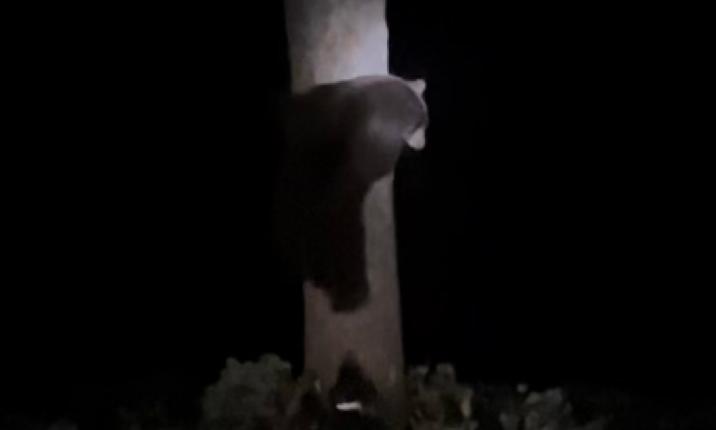
North Yuba River in the rain!
In the past 10 days we got 12.49” of rain!!! WOW! It really poured! This brings our water year total up to 16.21”. Recently, at the end of October, our water year total was only .92”! A year ago, our water year total was only 4.48” at the end of November. So we are off to a good start, and I hope the rain keeps up and ends the current drought!
These storms were part of an “Atmospheric River” that covered mostly northern California. The following is NOAA’s simple description of an atmospheric river.
“Atmospheric rivers are relatively narrow regions in the atmosphere that are responsible for most of the transport of water vapor from the tropics. Atmospheric rivers come in all shapes and sizes but those that contain the largest amounts of water vapor and strongest winds are responsible for extreme rainfall events and floods. This type of hydrologic event can affect the entire west coast of North America. These extreme events can disrupt travel, induce mudslides, and cause damage to life and property. Not all atmospheric rivers are disruptive. Many are weak and provide beneficial rain or high elevation snow that is crucial to the water supply.”

North Yuba River — 11/26/24
The North Yuba River widened, and was running fast and full! Last Saturday, the volume of water peaked at 3,000 cfs (cubic feet per second). On Thursday it was down to 373 cfs. The river rose to almost 8’ last Saturday, by Thursday it was down to 2.95’.

North Yuba River — 11/17/24
It was amazing how quickly it changed!
Mammals in the Rain

Columbian Black-tailed Deer (doe & fawn) — Odocoileus hemionus columbianus
Surviving day after day of drenching rain can become difficult for some wildlife. Mule Deer, however, don’t appear to be that affected by rain. Their thick winter coat sheds rain, and has hollow guard hairs that trap air and insulate them against the cold. A very fine hair under their guard hairs insulates them even further. Winter coats can range from 0.2 to 1.1 inches deep; this is 5 to 6 times deeper than summer coats! Hair depth is critical for survival because deeper coats trap more insulating air. The dark color of Mule Deer’s winter fur helps absorb the suns heat, keeping them warmer.
Your questions and comments are appreciated. Please feel free to email me at northyubanaturalist@gmail.com. Thanks!
Featured Articles

Two Plead Guilty to Poaching and Animal Cruelty Charges →
December 30, 2025
Two men face penalties for illegal hunting activities in Sierra County.
Fish and Wildlife Plans to Collar More Deer, Elk, and Wolves →
December 30, 2025
DWR Conducts First Snow Survey of the 2025-2026 Season →
December 31, 2025
Storms Bring Heavy Rainfall and Local Disruptions →
December 22, 2025
Sierra Hardware Plans Extensive Repairs After Flood Damage →
December 8, 2025